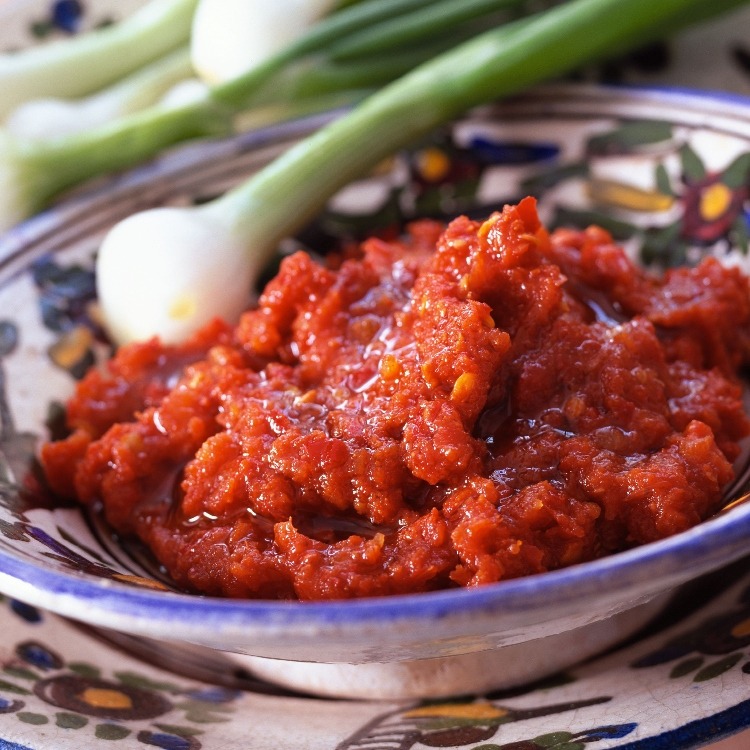Unique Facts You Probably Didn’t Know About Tunisia
Tunisia, with its intriguing blend of history, culture, and natural beauty, is a destination that will leave you spellbound. Lose yourself in its ancient tales, explore its hidden gems, and let the warmth of its people envelop you. Whether you’re a history buff, a nature lover, or a culinary adventurer, Tunisia promises an unforgettable experience that will stay etched in your heart forever. With that in mind, we’ve compiled a collection of fascinating facts that you might not be aware of.
Tunisia’s Kairouan Is Dubbed The 4th holiest Islamic City
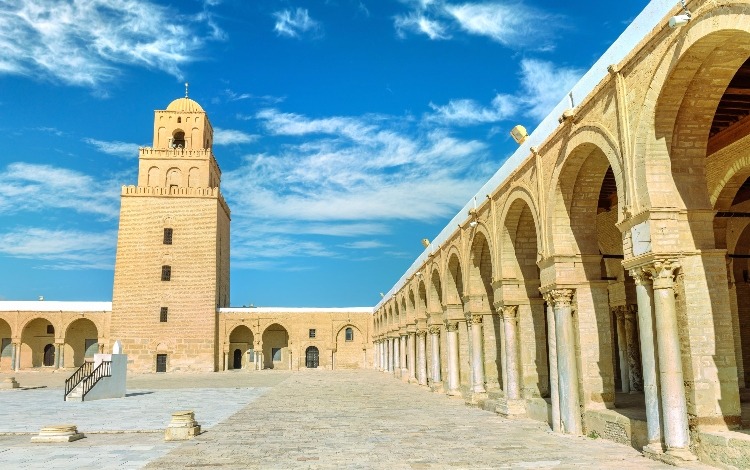
Cities like Mecca, Medina and Jerusalem are highly revered by the Muslim community because of their religious significance. Joining their ranks is Kairouan, a city in Tunisia, founded in 670 CE. Considered a UNESCO World Heritage Site, the city houses significant religious landmarks including the Great Mosque of Kairouan, considered the first place of prayer in North Africa and the oldest mosque in Maghreb.
It houses The 2nd Largest Museum In Africa
With the biggest museum being Egypt’s Grand Egyptian Museum, Tunis’ Bardo National Museum follows in second, housing the largest collection of Roman mosaics as well as 200,000-year-old stone age tools that were used in Tunisia’s Kebili. The museum also used to be a palace that was home to many of Tunisia’s past rulers.
It’s home To The World’s Third Largest Ampitheatre
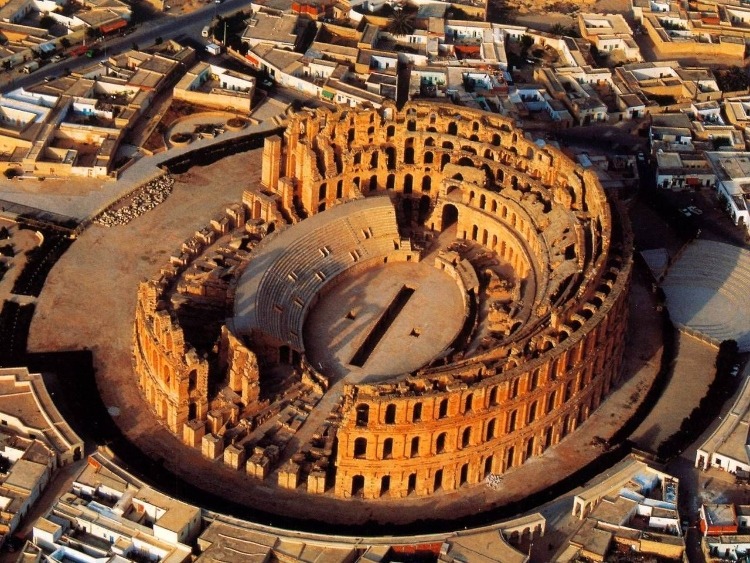
Built in 238AD when Tunisia was under Roman rule, the Roman amphitheater of the village El Djem is considered the largest colosseum in North Africa. Its impressive 149 by 122-meter expanse can hold up to 35,000 spectators who used to marvel at gladiators battling it out in the arena.
Their National Anthem Was Written By An Egyptian
During the 1930s, an Egyptian by the name of Mostafa Saadeq Al-Rafe’ie wrote Tunisia’s national anthem, dubbed “Humat El Hima” meaning defenders of the homeland. The anthem originally had only one verse. Then in 1957, two verses were added by the Tunisian poet, Aboul-Qacem Echebbi, when it officially became the country’s national anthem.
Obi Wan Kenobi Fought On Its Land
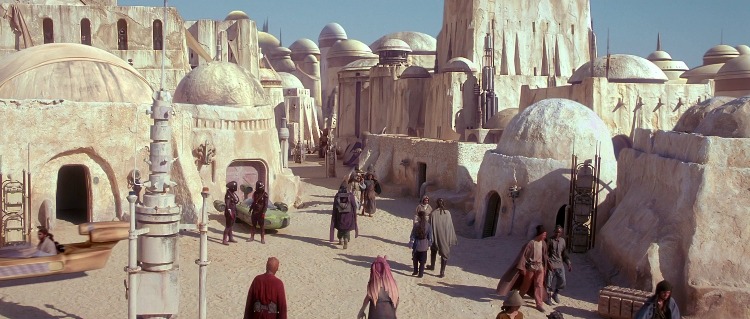
Any Star Wars fan will enjoy the fact that multiple locations in Tunisia were used to shoot scenes from this epic sci-fi. Some of Tunisia’s landscape was used to film everything from Luke Skywalker’s childhood home to even the man himself, Darth Vader’s childhood home. Locations such as Djebra, Matamata and Tataouine were among many used to film the series. Robocop patrolled Tunisia’s streets during COVID.
During the peak of the COVID outbreak in 2020, Tunisia set out police robots called PGuards to patrol its streets and ensure that people abide by the lockdown and enforced curfew. If the robot stumbles upon anyone walking around, it would approach them and ask why they are in the street. They would scan people’s IDs and papers using a built-in camera which are then checked by officers.
They Are Crazy For Spicy Food
Tunisians really love spicy food. They would add their famous chili pepper condiment, Harrisa, on literally everything. Hence why they were appropriately named Shaab Al Harissa, meaning the Harrisa people. In restaurants, the condiment would usually be served with oil and accompanied by bread to act as an appetizer.
Most Interesting Food Names
Other than being lovers of spicy food, Tunisians also love to add a layer of humor to their culinary dishes. They have a few dishes whose names might give you a good laugh. There’s Omek Houria, a mixed vegetable and egg salad, whose name literally translates to “Your mom is a fairy”. There’s also Rkeyeb Laazouza, small pieces of fried pasta whose name translates to “The knees of the old woman”.
Tunisia Once Had One Of The Most Advanced Water Supply Systems
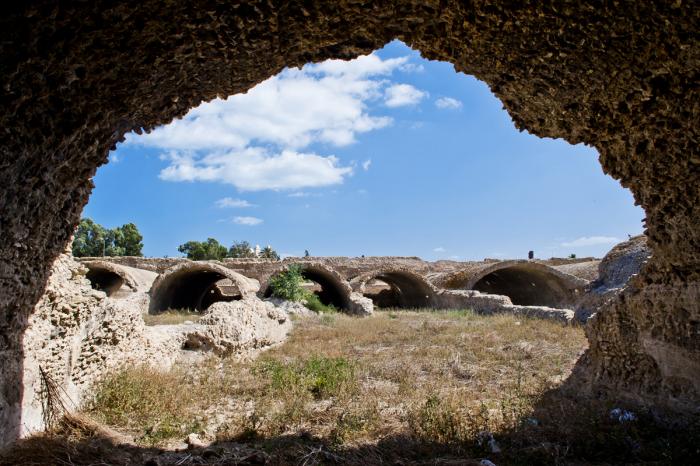
In the past, Tunisia boasted one of the most advanced water supply systems globally. During the Middle Ages, Arab rule ensured a reliable water supply to all towns. The renowned “Roman Hanaya” system consisted of bridges and covered canals built with solid rocks. These bridges stretched over 132 kilometers, primarily serving the purpose of transporting clean water from Zaghouan to Carthage.
Tunisia Is The 4th Largest Producer Of Olive Oil
Tunisia ranks as the fourth-largest producer of olive oil globally, with an annual production of approximately 350,000 tonnes. The cultivation of olive trees thrives in Tunisia due to favorable factors such as an annual rainfall of 400-700mm and a pH level ranging from 6.5 to 8.5. The country’s climate has played a significant role in enhancing the quality of olive oil produced.
The National Flower Of Tunisia Is Jasmine
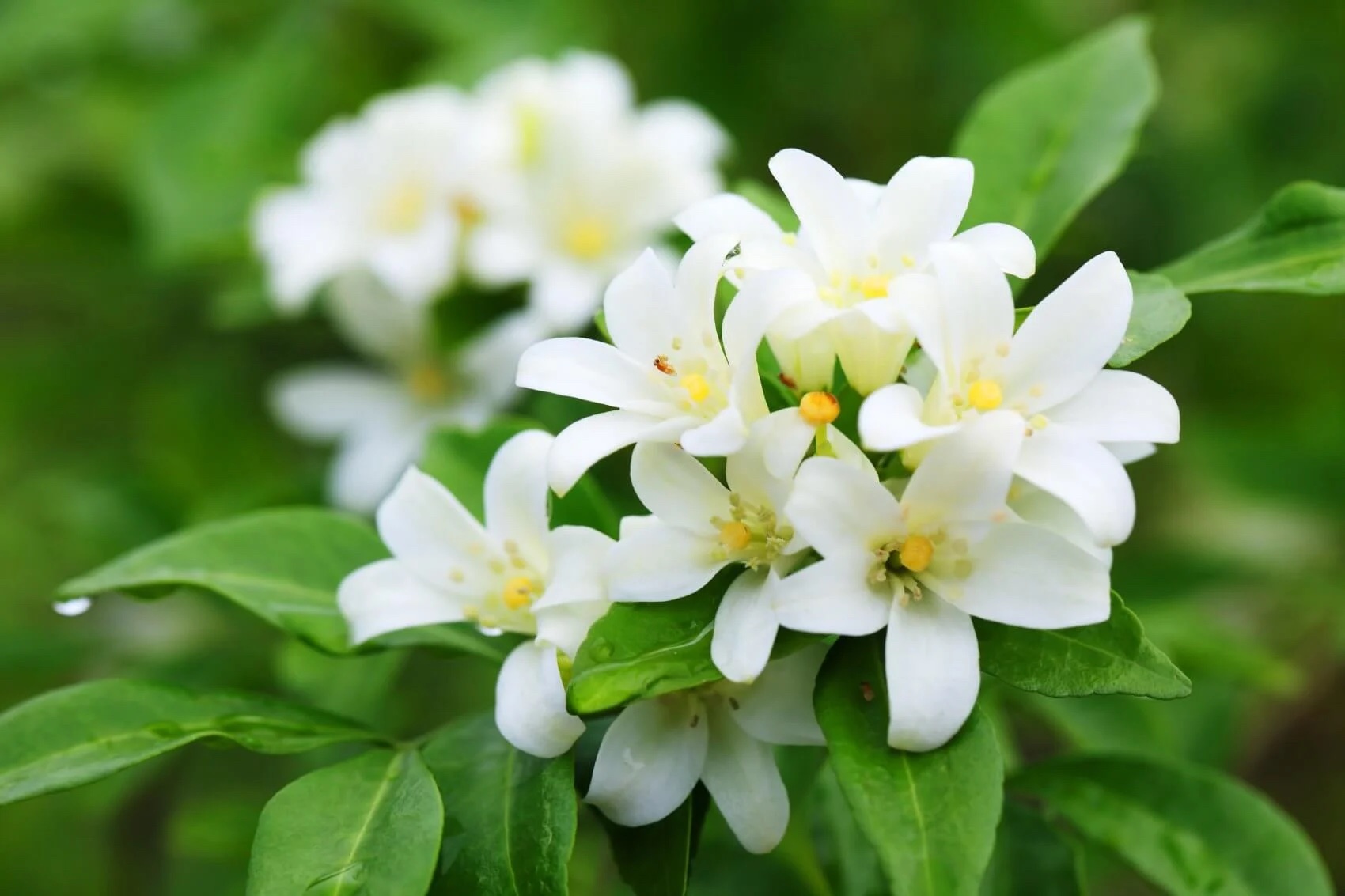
The national flower of Tunisia is jasmine, although it was introduced to the country by the Andalusians in the 16th century. Despite its non-native origins, jasmine holds the esteemed title of Tunisia’s national flower. It gained further recognition during the country’s 2011 revolution when international media coined the term “Jasmine Revolution” after Tunisia’s national flower.
Around 2/3 Of The Country’s Land Is Used For Agriculture
Approximately two-thirds of Tunisia’s land is dedicated to agriculture. As of 2016, around 64.84% of the country’s land was utilized for agricultural purposes. Tunisia cultivates various crops such as olives, dates, fruits, tomatoes, and potatoes. Additionally, the country raises animals like chickens, sheep, and cattle for meat production. Olive oil, in particular, serves as Tunisia’s primary agricultural export, with a significant portion being shipped to Europe. Agriculture contributes to nearly 13% of Tunisia’s GDP.
Whether you’re a history enthusiast, a lover of spicy cuisine, or a Star Wars fan, Tunisia has something to captivate your interest.
WE SAID THIS: Don’t Miss… Roman Baths Of The Middle East, From Historic Palestine To The Shores Of Tunisia

